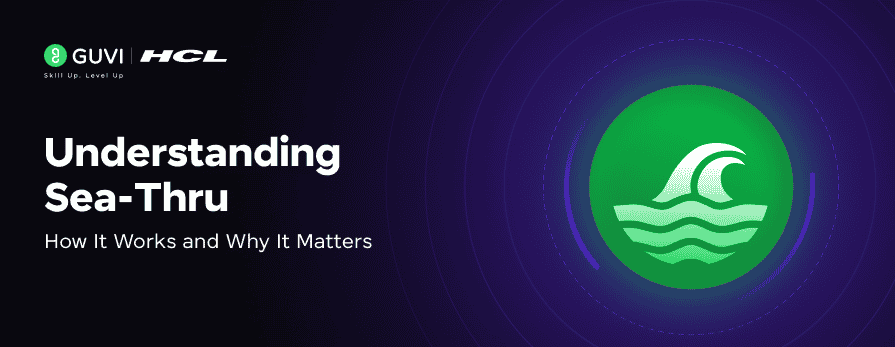
Understanding Sea-Thru: How It Works and Why It Matters
Sep 10, 2025 2 Min Read 907 Views
(Last Updated)
If you are active on social media or interested in marine biology, you would have seen images or videos which are taken underwater, which, even when they are blurry and different from their original colour, are beautiful.
Imagine if you get to see them clearly and that too in their colours!!! Now, we can bring that imagination to reality, with Sea-Thru, an algorithm or a process that can remove water from underwater images to produce clearer and more exact pictures.
Table of contents
- Problems in Underwater Photography
- What is Sea-Thru?
- Applications of Sea-Thru
- Conclusion
Problems in Underwater Photography
Underwater photography and videography have become increasingly popular over the years, as technology has advanced and made it easier for people to capture stunning images and videos of the marine environment. However, one of the biggest challenges faced by underwater photographers, ironically, is the presence of water between the camera and the subject, which can significantly reduce the clarity and colour of the image.
The main issue in underwater photography is
- The thick, coloured fog was caused by light penetrating water from above the marine surface.
- This fog also increases with distance, causing the image to look colourless and blurry.
- These varying wavelengths cause the colour of the underwater object to change.
- Also, backscattering caused by the light reflected by the fog adds to the problem.
What is Sea-Thru?
Sea-Thru is an advanced algorithm to remove water from underwater images and make them look like they were taken outside water. The Sea-Thru algorithm works by analysing the colours and patterns in an underwater image and then using that information to estimate the amount of light absorption and scattering caused by the water. The algorithm then simulates what the image would look like if the water were removed, based on the estimated light levels and the characteristics of the camera and lens used to capture the image.
The result is a significantly clearer and more vibrant image, with colours and details that were previously obscured by the water, now visible.
This Underwater image formation can be achieved by using below initial formula
Ic = Dc + Bc, where - c = R, G ,B is the colour channel,
- Ic is the image captured by the camera (with distorted colours)
- Dc is the direct signal,l which contains the information about the scene and
- Bc is the backscatter, an additive signal that degrades the image due to light reflected from water particles.
By using the above equation and taking the distance between the object and the camera into consideration, the algorithm restores lost colours in each pixel by removing image distortion.
In the below image, we can see how a range map is made from a raw image and then the output image (S5) is constructed by removing the image and colour distortion.
Are you interested in learning more about time series analysis? Enrol in HCL Guvi’s IITM Pravartak certified Artificial Intelligence and Machine Learning Course. This covers all the important concepts of artificial intelligence from basics such as history of AI, Python programming, to time series analysis, deep learning and image processing techniques with hands-on projects.
Also Read: Discover Sea-Thru: The Future of Underwater Photography
Applications of Sea-Thru

Sea-Thru has a wide range of applications, from marine biology and environmental research to underwater photography and filmmaking. For example,
- Marine biologists can use Sea-Thru to analyse underwater images and identify and track different species of marine life.
- Underwater photographers and filmmakers can use the software to create stunning images and videos that showcase the beauty and diversity of the marine environment.
- It can also be used in the oil and gas industry to inspect pipelines and offshore structures, as well as in search and rescue operations to help locate missing persons or objects in bodies of water.
Conclusion
Sea-Thru is a powerful tool that has the potential to revolutionise the field of underwater imaging. By removing water from underwater images, the software can produce clearer, soulful images that reveal the hidden beauty of the marine environment. Whether you are a marine biologist, an underwater photographer, or simply someone who enjoys exploring the ocean, Sea-Thru is worth checking out.
















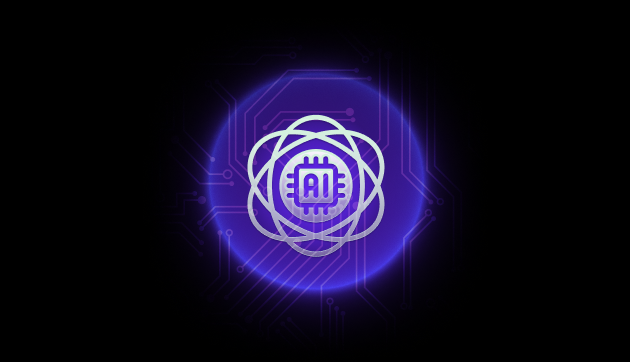



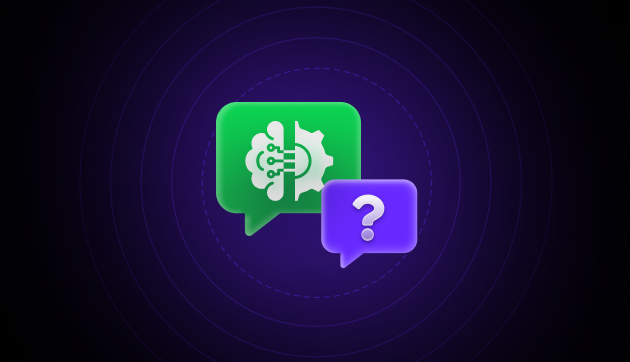


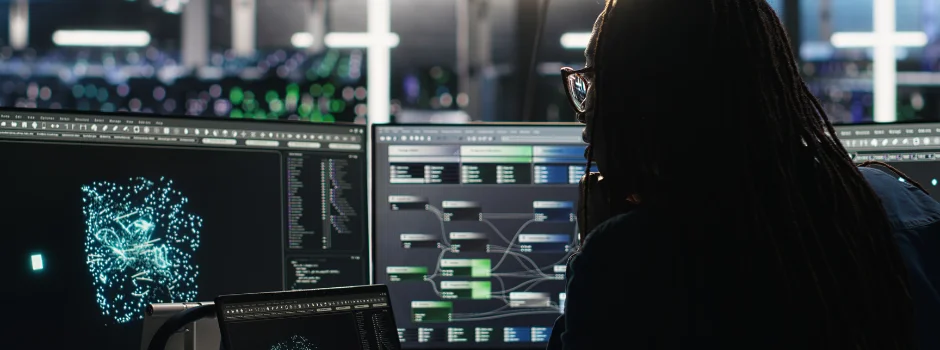
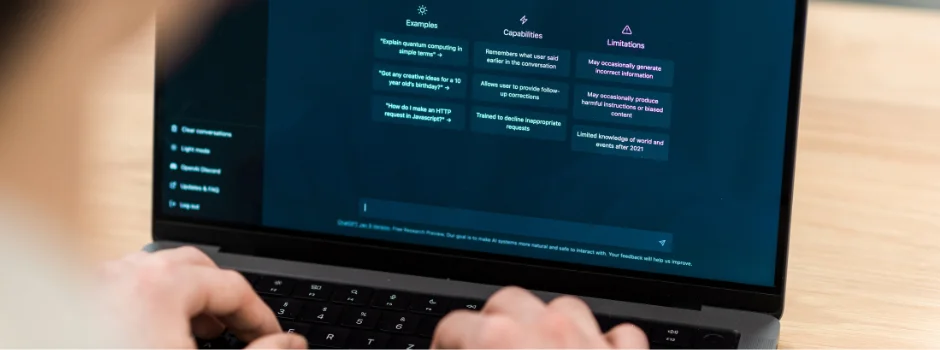




Did you enjoy this article?